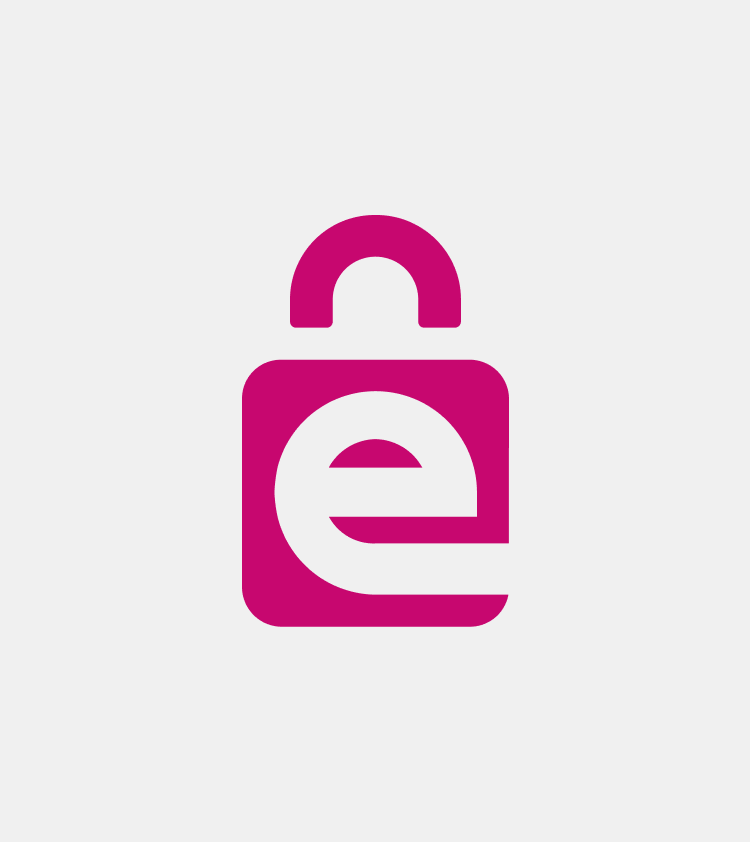Everything you need to know about 3DS 2.2 - Exemptions & liability shift
In this article, we'll dive into the various exemptions and what it means for you when you make use of them.
Let’s get into it.
What are exemptions?
We’re diving right in. Suppose a transaction meets specific criteria (we’ll tell you which in a second); it can be qualified as an exemption. If it qualifies, it can be processed without needing a 3DS authentication – greatly increasing your checkout conversion rate. One of the fundamental changes is that in the case of an exemption, the liability shifts away from the issuer, but more on that later.
Let’s start off by examining the main exemptions and what’s needed for a transaction to qualify.
Exemption overview
Low-value transactions: Transactions under € 30 are exempt from SCA requirements. The issuing bank will monitor these transactions and after five transactions, or a cumulative amount of € 100, an SCA verification will be triggered.
Transaction risk analysis (TRA): Our in-house risk engine constantly monitors the transactions of our merchants. Based on this analysis, acquirers like MultiSafepay can enable a ‘TRA exemption’ to skip SCA requirements.
Due to the excellent results of our risk engine, MultiSafepay can process TRA exemptions up to € 500, allowing you to process more transactions without 3DS verification.
Recurring transactions: Recurring transactions are exempt from SCA after the first transaction. The first transaction is where the 3DS verification or authentication is applied, and permission for future transactions is given. After this, merchants can use the “card-on-file" for recurring transactions without needing additional verification.

Secure B2B payments: Transactions between businesses that have a secure framework in place for communication and authentication, specifically dedicated to making payments between corporations, are exempt from SCA.
Understanding the different SCA exemptions is essential for merchants who want to reduce the negative impact of SCA on their business. By leveraging SCA exemptions and ensuring compliance with SCA requirements, merchants can provide their customers with a seamless and secure payment experience while minimizing the impact on conversion rates.
As the SCA landscape differs from what most merchants want to keep themselves too busy with, our Sentinel solution offloads all this. We can use our extensive risk-assessment tool to weigh the risks of each transaction within milliseconds, effectively mapping the authentication path that has the highest chance of succeeding while keeping consumer friction at a minimum.
For every transaction, we take the following factors into consideration:
- The value of the transaction
- Whether it’s a new or existing customer
- The transactional and behavioral history
- The device information
In practice, this means that when a transaction occurs, we create a data package that's forwarded to the issuer. Based on this data package, the issuer decides whether 3DS authentication is needed. If it's not needed, the transaction is qualified as 3DS frictionless, if it is needed, the transaction will be processed as a normal 3DS transaction.
Alternatively, our risk engine can make use of the TRA exemption. If our filter gives the transaction the green light to be processed as a TRA exemption, the result will be a significantly higher conversion rate, but a liability shift will occur, which we'll tell you about next.
Liability shift
If a transaction is routed through 3DS, the liability for the transaction (in case of fraudulent transactions or chargebacks) lies with the issuer. Essentially, they’re saying that the transaction was authenticated through their protocol, so they’ll take responsibility.
When an SCA exemption is applied, this liability shifts towards the merchant. This shift is a major part of exemptions, which is important to understand. There’s a tradeoff where you’re increasing your conversion but run a slightly larger risk in the case of fraud.
As an acquirer and processor with extensive risk management tools, our engine is fully engineered for safety. Our engine will not provide complete immunity, but it is a strong control layer to check whether a transaction qualifies for an exemption.
Case in point: FixPart’s payment success rate
FixPart is an international company selling spare parts and accessories for all appliances. One of the main goals for FixPart was to expand rapidly across the European market. With six new target markets on their roadmap for 2022 – everything needed to function right.
As our engine continuously monitors transactions on our platform, we noticed that FixPart's credit card conversion rate was significantly lower than our platform average. With a significant expansion looming, we approached FixPart with a plan to up their conversion rate before this major step.
After implementation, FixPart noticed an increase of almost 10% in their credit card success rate. Across their platform, they enjoy a 96% conversion rate on credit card transactions. Their international expansion across the European market was a major success – in 2022, they entered six markets successfully!
Looking to step up your card conversion rates?
If you’re processing many credit card transactions, it’s essential to ensure you’re getting the most out of your business. Luckily, you don’t have to do it alone – let us help you.
For more information on Sentinel, download our dedicated whitepaper below, or if you’d like to get in touch with our experts, we’re here to help.
